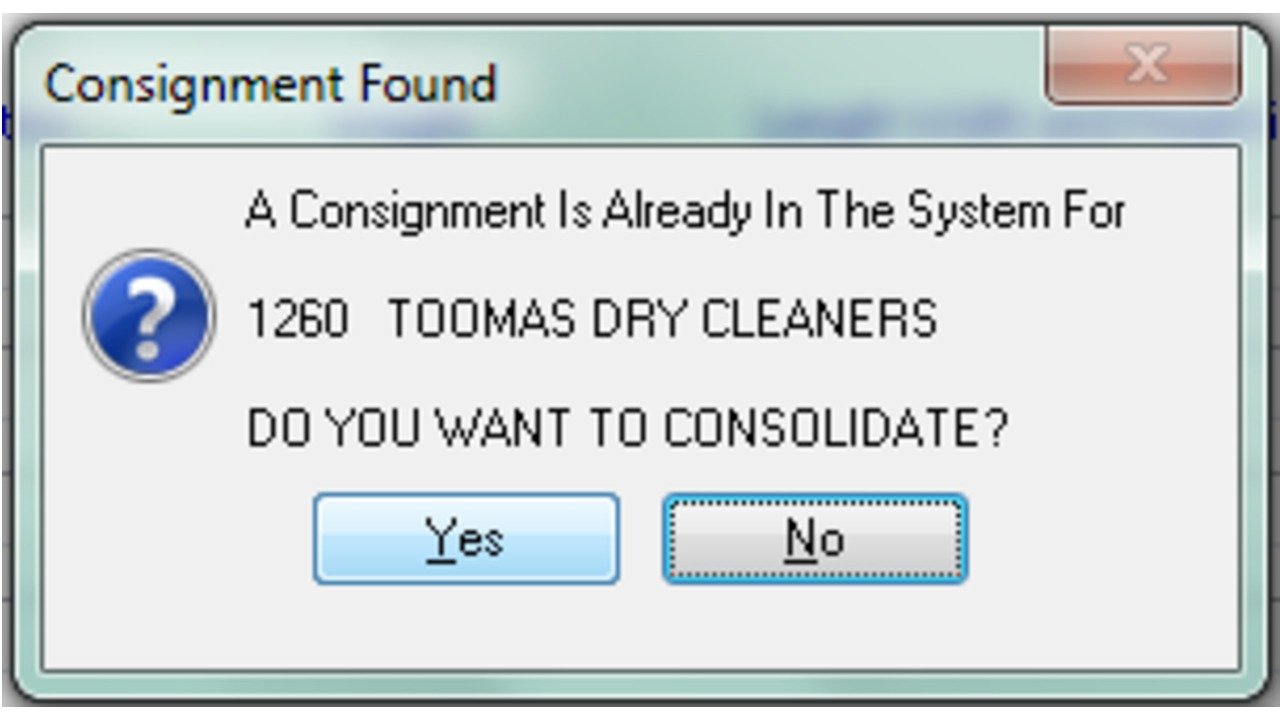If your dispatch system does not allow you to consolidate outbound consignments for a common receiver on a given day then you should review your current systems.
Increasing demand for multiple daily orders for the one receiver
A common frustration for many warehouse managers is the proliferation of multiple customer orders each day. Increasingly logistics managers are under great pressure to reduce inventory holdings and or increase stocks turns. This pressure moves down the supply chain as customers ask their suppliers to hold stock for them by demanding more frequent orders of smaller quantities. Indeed, it’s not uncommon for large distributors finding themselves in the situation where they are dispatching 3, 4 or even more consignments to the same receiver on the one day.
Looking beyond the additional picking activity that this demand creates and focusing on the transport costs, many companies dispatching multiple con notes to a common receiver only an hour apart, can make it an expensive practice.
Adding it up
Often distributors have agreements with their transport company where they are charged a flat Consignment fee or Basic Charge for each consignment note raised. Of course the cost of a consignment fee levied by a carrier varies greatly throughout the industry. A consignment fee can be as little as $5 or as much as $20. Let’s use $10 per consignment note as a typical fee.
If a distributor is faced with the situation where they have, say 10 clients who each order 3 consignments per day only hours apart, this means that the sender has had to raise 30 consignment notes instead of 10.
Using the $10 basic charge that’s an additional $200 in transport charges the distributor has incurred for the day. If this was a daily occurrence then that figure is equal to $50,000.00 per year!
Now imagine that the distributor has three or four warehouses around the country and this is occurring in each one of them. As you can see these additional transport charges have now become a very significant amount of money.
What about weight breaks?
What’s more it doesn’t just stop at consignment fees. It’s common for carriers to offer customers incentives to send larger quantities by providing weight breaks or discounted transport rates for larger consignments. Therefore, by sending 5 pallets out over three consignments instead of consolidating the 5 pallets onto 1 consignment, the sender maybe denied the opportunity of capturing the benefits of those bulk incentives and lowering their per unit freight charges.
So, what is the solution?
This is a very common occurrence. However, if you are in this position don’t worry, it’s easy to solve this problem. A good dispatch management system should have the ability to prompt your dispatch staff that there is a consignment that has already been consigned to that receiver earlier in the day and give you the opportunity to consolidate by adding that new item to the existing con note.
Indeed these days our customers are now automating this consolidation process when importing their orders into the dispatch management program. The program will automatically determine that a consignment for the same receiver, using the same carrier and carrier service, has already been created that day and automatically add the items to the con note, recalculate the outbound freight charge, and print a label. Labels are printed with item counts as 1, 2, 3 etc., instead of 1 or 3, 2 of 3, and therefore will save on label costs.
Return on Investment (ROI) of 3rd party despatching tools
While it is true that some carrier supplied dispatch systems can consolidate, given the conflict of interest with the carrier in terms of lowering their freight prices and profits, it’s not hard to understand why they may not focus on giving their customers this opportunity. In fact one of our customers had asked their carrier for a period of two years to assist them with consignment consolidation. In the end the customer moved to a third party solution to make it happen and was rewarded with a very quick dividend by eliminating excess consignment fees. The dividend was in the order of $50,000 in annual savings.
Eliminating unintended additional con notes from your dispatch process is an easy efficiency task and you may find that there is a considerable transport saving as well. If you’d like assistance with achieving this goal please contact us. We’d be happy to explain how we can help.

